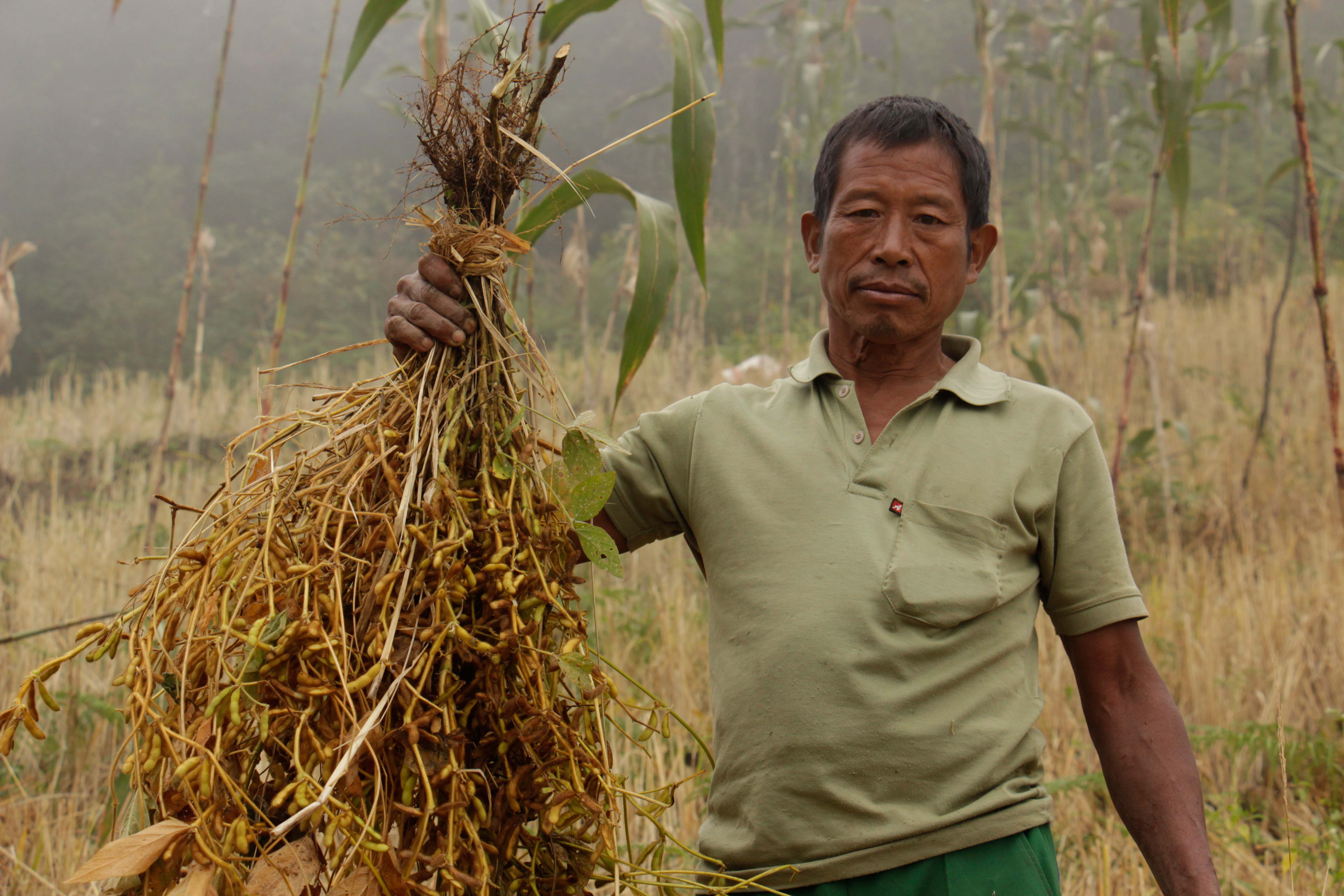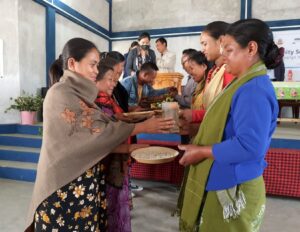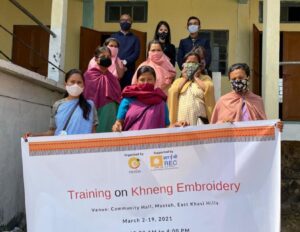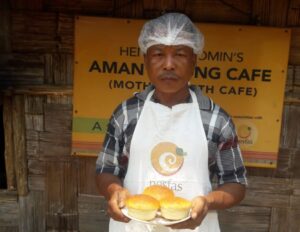Originally published in The Shillong Times

By Pratyasha Ghosh
The US is on fire. In addition to being the worst affected country in the world by the COVID-19 pandemic, it is also the site of massive protests to reopen cities and the economy. The question here is what pushes people to choose to die rather than stay home and not work? And this is the country where homelessness is a minuscule problem here compared to 0.77 million people in India (2011 Census).
The US protests have revealed that a roof over your head is not the only requirement for health or survival. In India on the other hand, the disadvantaged do not even have the means to protest. They either consist of migrant labourers on a 1,000-km journey to their homes or their families who depend on what they earn every day.
“By conservative estimates, ever since India went into a shutdown to flatten the coronavirus pandemic curve, 189 deaths have taken place due to hunger, exhaustion while walking back home and suicides,” says Sanjay Mishra (Stories of Hunger, India’s Lockdown is hitting the poorest).
Then there are those who either have no access to financial institutions to avail of the government’s assistance or have been cut off from supplies all together due to the travel restrictions and the remoteness of their locations.
A major fallout of the lockdown, especially in third world countries like ours, is lack of food and shelter as an alarming section of our population is dependent on the informal service economy. The pandemic has brought the question of food security at our doorstep and made the farming crisis starker than it ever was.
The country’s agricultural sector has always been subsistence-based. However, reduction in farmland has made people heavily dependent on genetically modified seeds, chemical fertilisers and increased dependence on the multinational companies producing them. Unfortunately, multinationals are dependent on market forces and a global shutdown means havoc. What happens if and when they fail? This, coupled with the lack of manpower in a labour intensive farming sector, has already begun to show repercussions.
Punjab is contemplating growing cotton this year instead of wheat. How many of us can eat cotton to survive I wonder? And let us not forget that climate change had already become a threat to food production much before the pandemic intensified it.
The alternative, in some ways, lies on the side of the country in the villages of the northeastern state of Nagaland. In the Naga hamlets of Pathso Nokeng, Phor, Sekrezu, no family stands in lines for the government or charitable institutions to distribute food. They instead go to their fields, their forests and their rivers. They were offered ration support several times in the lockdown but they politely turned it down.
Tribal communities have derived their social, spiritual and political strength from their lands for centuries and at the heart of it lies the understanding that only being able to feed oneself means true freedom. The idea of food sovereignty has more relevance now than ever and women farmers are to be the torchbearers of this shift.
By growing their own food, banking their seeds and innovating on traditional farming knowledge and even adapting to man-made changes in nature, the women farmers of Tuensang and Phek districts are quietly ushering in a revolution.
Places which are much more distant and away from connectivity still have a vibrant food growing culture. The Chakesangs of Phek practise agro-ecology, a system of subsistence farming where natural resources are harnessed to produce just enough for the needs of the community. The food they eat comes from the management of knowledge systems preserving health of human beings and their environment that have been accumulated by women in particular over generations.
The autonomy of their lands and communities protect their biodiversity and reduce dependency on global market forces for survival. Farming is a cultural activity that is sacred to the Nagas, a concept that has saved the region from being exploited for years, it gives their people a sense of purpose. It is their whole live. This way of living is unique to South Asia in general and Nagaland in particular.
Farming here is more sociological than economic and it is the responsibility of the community to ensure that no one goes hungry, says Seno Tsuhah, a woman farmer and part of North East Network (NEN), a civil society organisation for and led by women.
NEN in Nagaland began work in agro-biodiversity through discussions around health, medicinal and nutritional values of food. Eventually, they began to see the effects of climate change. Over the years, they have consolidated Naga traditional knowledge systems on farming without compromising on soil health, foraging from forests, animal husbandry.
But they are by no means conservative and have constantly evolved to cope with threats like capitalisation of agriculture, urban migration of young people, and changing weather patterns. Creating seed banks for example, that a woman initially began in her own home, have now grown to be a movement to secure the futures of their indigenous foods.
“Owing to erratic rains, terrace farming of rice is not always viable and we complement this with small scale jhum cultivation as well,” says Akole Tsuhah, also from NEN and a woman leader in her own right.
They have also discovered that millets are a great alternative to resource-intensive grains like rice or wheat. They have more nutritional value and low maintenance requirements. Therefore, unlike popular perceptions, agro-ecology is a constantly evolving area of science that rejects invasive production methods but is innovative none the less, a necessity now due to the looming climate crisis and more immediately the COVID-19 crisis.
In Nagaland, women farmers play a key role in safeguarding agroecology as they are storehouses of traditional farming knowledge and seasoned with years of experience in the field as primary agricultural workers. This doesn’t only give them the power to feed their families and communities with very little state support, it also gives nutritional security and basic medical support in times of need.
Health and nutrition are interlinked and women’s rights over production is imperative to ensure both. Hence, their agency must be recognised and their voices heard if we are to create a post-COVID society where rural communities do not die of starvation and malnutrition that the collapse of food corporations is threatening to usher.
There is an awakening already provoked by the present situation. People want to reclaim the agricultural lands that were left fallow and the importance of growing food is slowing taking centre stage in the dialogue on the very survival of the human race.
Farming communities in South Asia, Nagaland being a case in point, are thus adopting a multipronged approach in terms of seeds banks, growing climate-resilient crops like millet and practising diverse farming systems for the same crop. Doctors take the centre stage in the fight against the virus undoubtedly, but farmers in general and women farmers, in particular, are the sentinels that will continue to determine the future of the world for a long time to come now.
(The author is communications coordinator at North East Network)



